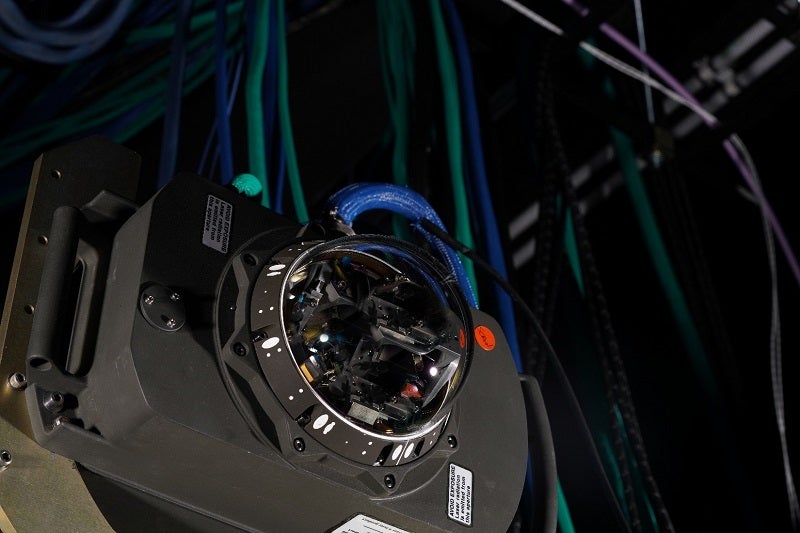
Northrop Grumman has announced that its common infrared countermeasure (CIRCM) missile defence system is ready to enter full-rate production (FRP).
CIRCM is a lightweight, laser-based countermeasure system that uses a compact pointer / tracker, a lightweight commercial off-the-shelf (COTS) processor and advanced Quantum Cascade Laser (QCL) technology.

Discover B2B Marketing That Performs
Combine business intelligence and editorial excellence to reach engaged professionals across 36 leading media platforms.
It is designed to protect US Army rotary-wing and medium fixed-wing aircraft against threats such as infrared-guided anti-aircraft missiles, including shoulder-fired and vehicle-launched.
The FRP follows the completion of a six-month initial operational test and evaluation (IOT&E) activity.
During the IOT&E, CIRCM was put through a series of rigorous testing to evaluate its detection, engagement and threats defeat capabilities.
The system proved its effectiveness to support the US Army’s complex combat missions by quickly defeating all threats under a range of scenarios and environments.

US Tariffs are shifting - will you react or anticipate?
Don’t let policy changes catch you off guard. Stay proactive with real-time data and expert analysis.
By GlobalDataNorthrop Grumman navigation, targeting and survivability vice-president Bob Gough said: “Through our partnership with the US Army and our suppliers, we have already delivered over 100 production systems.
“The successful completion of IOT&E confirms CIRCM’s readiness for full-rate production.”
Northrop Grumman has developed the CIRCM system in partnership with SELEX Galileo and Daylight Solutions.
The first system was delivered to the US Army in 2013 under a $31.4m Technology Demonstration contract awarded to Northrop Grumman.
The CIRCM system features a modular, open systems architecture and dual-jammer configuration and can be easily integrated with systems and sensors.
In addition, it allows rapid capability enhancements to address current and emerging mission requirements while keeping lifecycle costs low.





